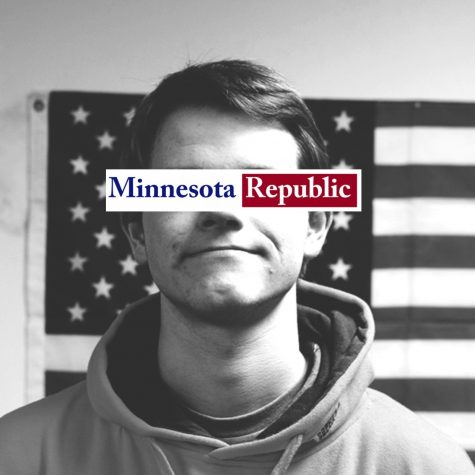The legacy of the Hussle
April 18, 2019
On March 31st the rapper Nipsey Hussle was shot and killed in front of his clothing store in Los Angeles California. Ermias Asghedom later well known by his stage name, died tragically at the young age of 33. Asghedom grew up in the Crenshaw neighborhood in Los Angeles, and told DJVlad in an exclusive 2014 interview that at the age of 14 he was more or less responsible to take care of himself financially. This led him to a life of hustling which eventually escalated to gang activity. Hussle was a well known member of the Rollin’ 60’s Crips, one of LA’s largest street gangs. According to ABC News the man accused of killing Hussle, Eric Holder, was also a gang member.
Holder age 29, reportedly had a personal argument with Hussle earlier in the day and returned later with a handgun, opening fire on the corner of Crenshaw Boulevard and Slauson Avenue. Holder was initially on the run in the wake of the shooting but has since been detained by law enforcement. During Holders time on the run there were posts on social media by members of the Rollin’ 60’s claiming that they had killed Holder’s brother in retaliation. These claims have yet to be confirmed by law enforcement and due to the ongoing status of this case no new information is available at this time.
The Baldwin Hills/Crenshaw neighborhood where the murder occured sits in the heart of the Rollin 60’s territory. This community was the site of 223 violent crimes in the last six months according to the Los Angeles Times. During the last six months the violent crime rate in the Baldwin Hills/Crenshaw neighborhood has been 298 crimes per 10,000 people. By contrast 2016 FBI crime statistics show the national average to be 386 offences a year per 10,000 people, and 193 offences every six months. By these statistics violent crime is twice as likely to happen in the Baldwin Hills/Crenshaw neighborhood than anywhere else in the United States.
In an effort to make it out of this dangerous environment Hussle began to follow his true passion, music, that he said was encouraged by his uncle. Hussle dropped his first mix tape “Slauson Boy” in 2005 which created a small buzz in his neighborhood. He then followed this tape up with the “Bullets ain’t got no name” volumes 1-3 in 2008 and 2009 respectively and the “Marathon” part 1 and 2 mixtapes in 2011. In 2013 Hussle released his mix tape “Crenshaw” which broke into the top 40 list, a considerable achievement for a then independent artist. Hussles’s career in music would prove more and more fruitful until his timely death, one of his greatest achievements being his Grammy nominated album “Victory Lap” released in 2018.
After making it out of his neighborhood and hitting it big with songs featuring celebrities such YG and Drake Hussle sought to make a positive change in his surroundings. He began this by opening the Marathon clothing store in 2017 on Slauson avenue, the street where he grew up. According to TMZ Hussle was the owner of 14 businesses, the management of which has passed on to his surviving family. After Hussle’s passing L.A. City Councilmen Marqueece Harris-Dawson told TMZ that the late rapper had repaved the basketball courts at the nearby 59th street Elementary. Dawson however is not the only public servant to mourn Hussle’s passing as Steve Sorboff, the president of the L.A. Board of Police Commissioners, tweeted that he was planning on meeting with Hussle the day after he was killed to discuss how to reduce gang violence.
Hussle’s passing has been hard felt by the Hip-Hop and Black communities and has resulted in candle light vigils and a peace rally attended by both the bloods and crips. Thousands of fans attended Hussle’s celebration of life ceremony and watched his 25 mile long funeral procession drive past his store on the corner of Crenshaw and Slauson. According to The L.A. Sentinel City Council Member Dawson announced this intersection would be renamed “Ermias Nipsey Hussle Asghedom square”. Although Hussle will be missed dearly by both his loved ones and the musical community his legacy lives on through his art, fans, and the neighborhood that he loved so much.












